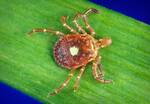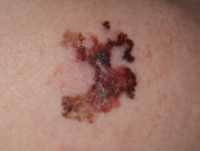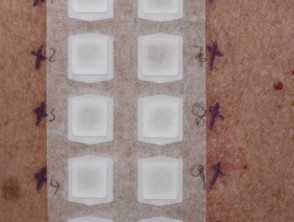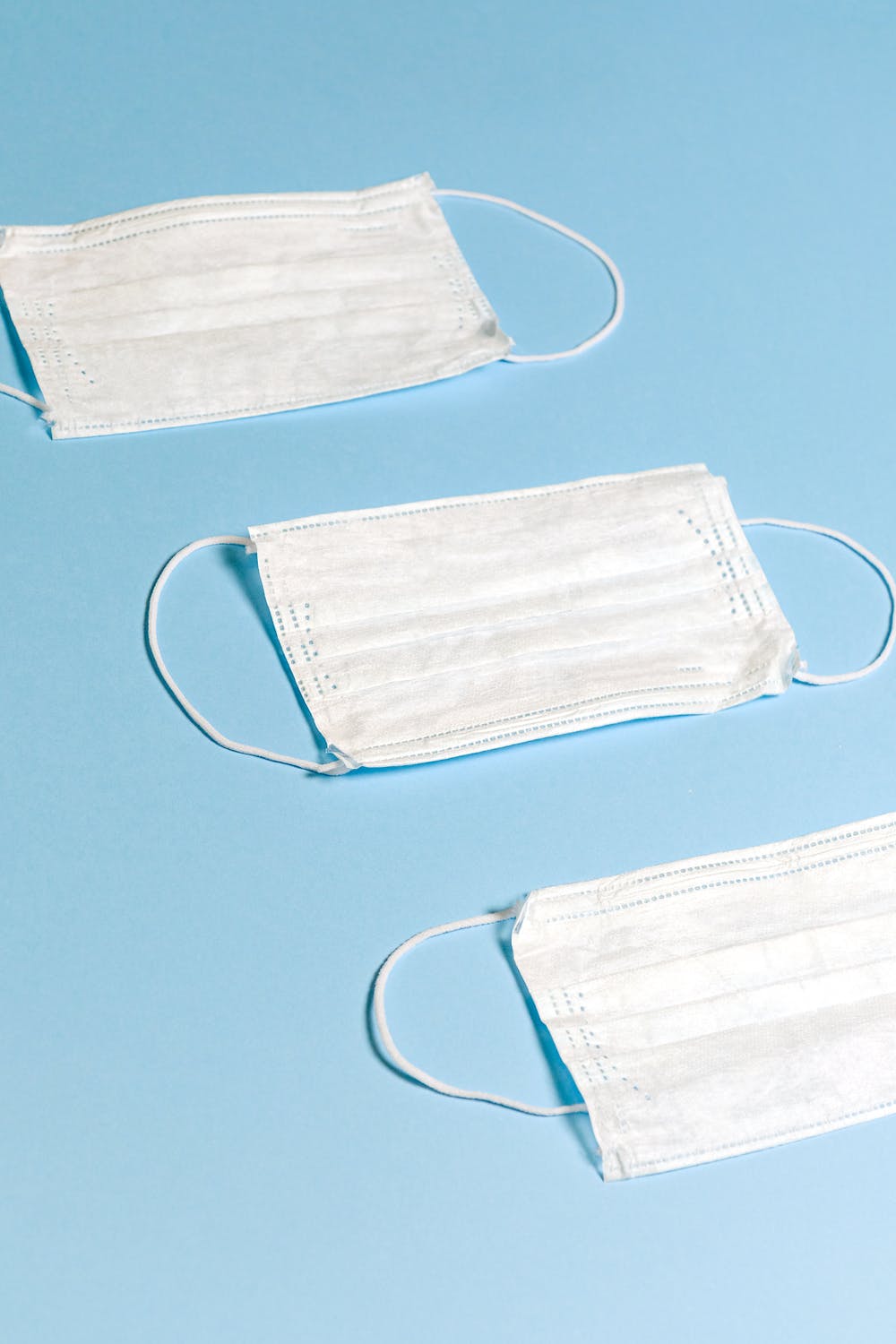Allergies, Author Interviews, Duke / 25.06.2024
DUKE-NUS Scientists Discover Novel Mechanism Allergens Use to Release Histamine from Mast Cells
MedicalResearch.com Interview with:
Professor Soman Abraham PhD
Grace Kerby Distinguished Professor of Pathology
Duke University.
Dr. Abraham led the research when working in the Emerging Infectious Diseases Research Programme
at Duke-NUS Medical School in Singapore
MedicalResearch.com: What is the background for this study?
Response: The degranulation of mast cells (MCs) is a process that leads to allergic symptoms, ranging from itching, redness, and swelling of the tissue to severe and potentially life-threatening anaphylaxis involving multiple organ systems. According to the World Health Organization (WHO), more than 10 per cent of the global population suffers from food allergies. As allergy rates continue to rise, so does the incidence of food-triggered anaphylaxis and asthma worldwide. In view of the fact that allergic diseases are difficult to prevent or treat, we sought to understand the underlying basis for anaphylactic reactions.
(more…)




 The reaction triggers the symptoms you recognize as your allergy, such as a runny nose and itchy eyes.
The reaction triggers the symptoms you recognize as your allergy, such as a runny nose and itchy eyes. 




















